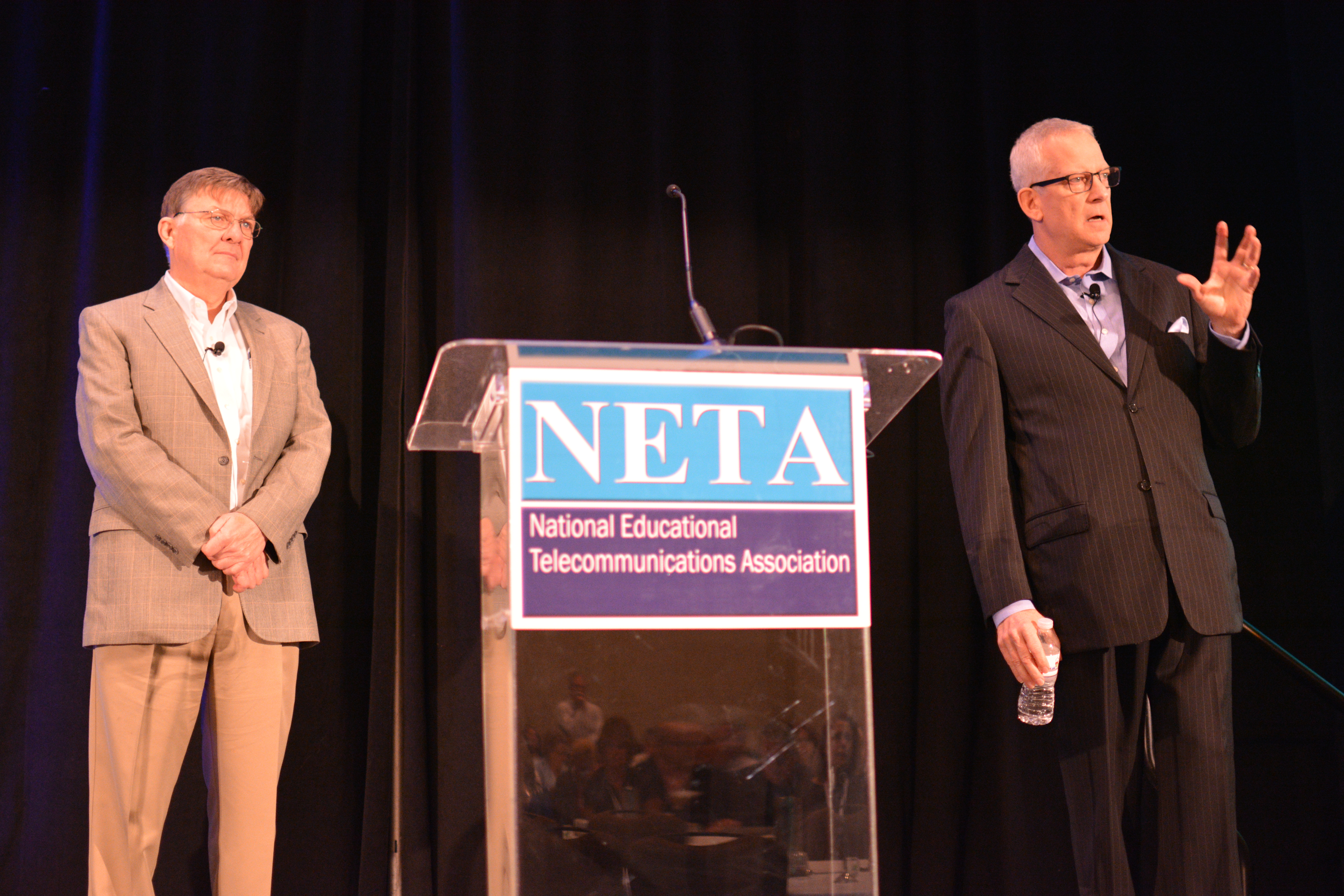IG advises CPB to tighten rules for calculating stations’ indirect support
The CPB Inspector General recommended in a report Tuesday that the corporation rethink how stations calculate their indirect administrative support. The proposal responds to findings from a special audit that identified reporting errors at two university-owned stations.
Stations may claim IAS — funds for operational costs that are covered by their institutional licensees — as part of their non-federal financial support. Typical IAS includes the costs of custodial services, elevator maintenance, waste disposal, payroll, purchasing or human resource services, according to the IG’s report.
Accountants determine IAS using one of four approaches. The most commonly used is the basic method, which entails determining an institutional support rate and multiplying that by the licensee’s total institutional support costs. Two other methods follow federal rules using salaries or modified total direct costs as the base for calculating rates. Another approach, the grantee developed method, has been used since 1975 but now requires CPB approval.
Use of the basic method “has notable effects” on Community Service Grant awards, the report said, because so many stations use it. In fiscal year 2016, 43 percent of grantees claimed IAS as part of their NFFS. Grantees using the basic method claimed 57 percent of the $138 million in IAS reported by all CSG recipients. NFFS totals are important to licensees: In addition to their base CSG, they receive an incentive grant based on NFFS.
However, the IG’s report concluded that using the basic method “does not achieve CPB’s goal to allocate costs to stations in proportions reasonably consistent with the stations’ use of the licensee’s resources.”
The IG decided to do a special audit examining the issue after problems surfaced last year in IAS reporting.
The IG’s recommendations are based on limited scope station audits of KPBS TV and Radio, licensed to San Diego State University; and Houston Public Media, licensed to the Board of Regents of the University of Houston System.
Auditors uncovered “significant errors” in IAS reporting by those stations, the report said. Mistakes included claiming support costs for $731,209 in fees KPBS paid to its licensee for management and administrative services that were ineligible. “Further, we found that each station essentially developed its own method to claim IAS under the umbrella” of the basic method, the document noted.
The report indicated that disputed calculations by the two stations led to overstated IAS of more than $3.6 million.
Another audit “found similar issues” at WLRN TV/FM, licensed to the School Board of Miami-Dade County, Fla., the report said.
The IG recommended that CPB evaluate whether the basic method “remains an effective option for claiming IAS,” and consider developing another option similar to one used under current federal guidelines.
Jackie Livesay, CPB’s VP for compliance, challenged the IG’s findings in management’s response. She noted that mistakes in the two audits accounted for less than 1 percent of $2.4 billion in NFFS that stations raised in FY16. Livesay also said that the audit results “are not a statistically reliable sample” to support the IG’s conclusions.
Since the basic method was introduced over 20 years ago, Livesay wrote, “we are not aware of any audits until recently that questioned the effectiveness of this methodology nor expressed any concerns about the guidelines,” Livesay wrote. “Your prior audits cited the guidelines to support your findings. Therefore, we strongly disagree with your conclusions.”
However, CPB agreed that the basic methodology “is complicated” and is in the process of evaluating other approaches, Livesay wrote. That could take time because the evaluation involves a system consultation, she noted.






